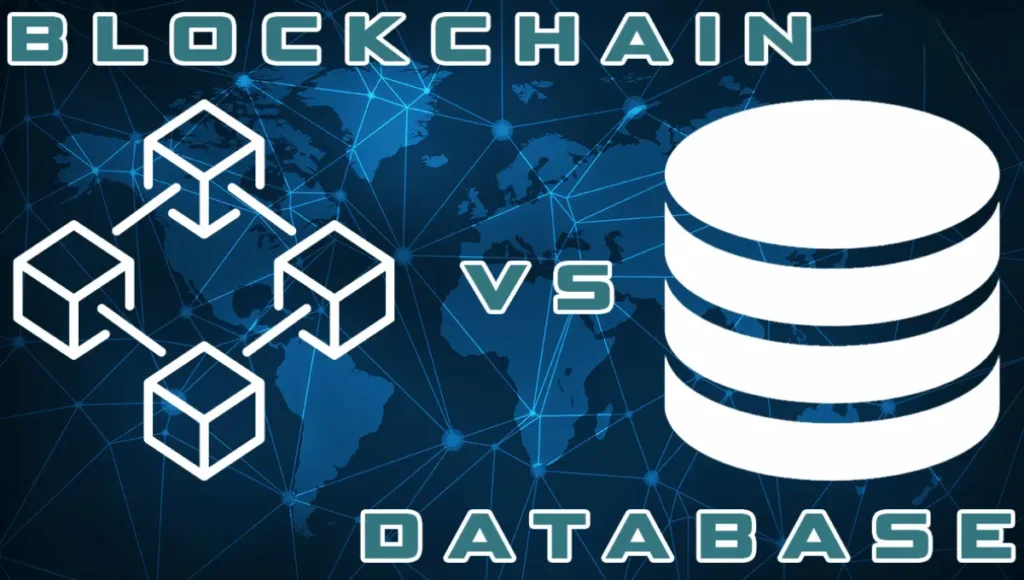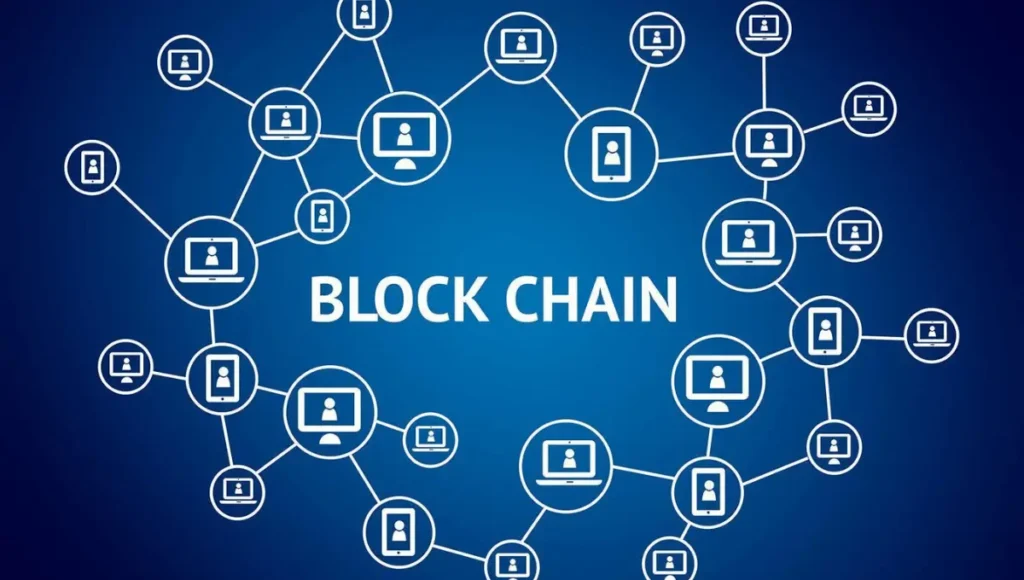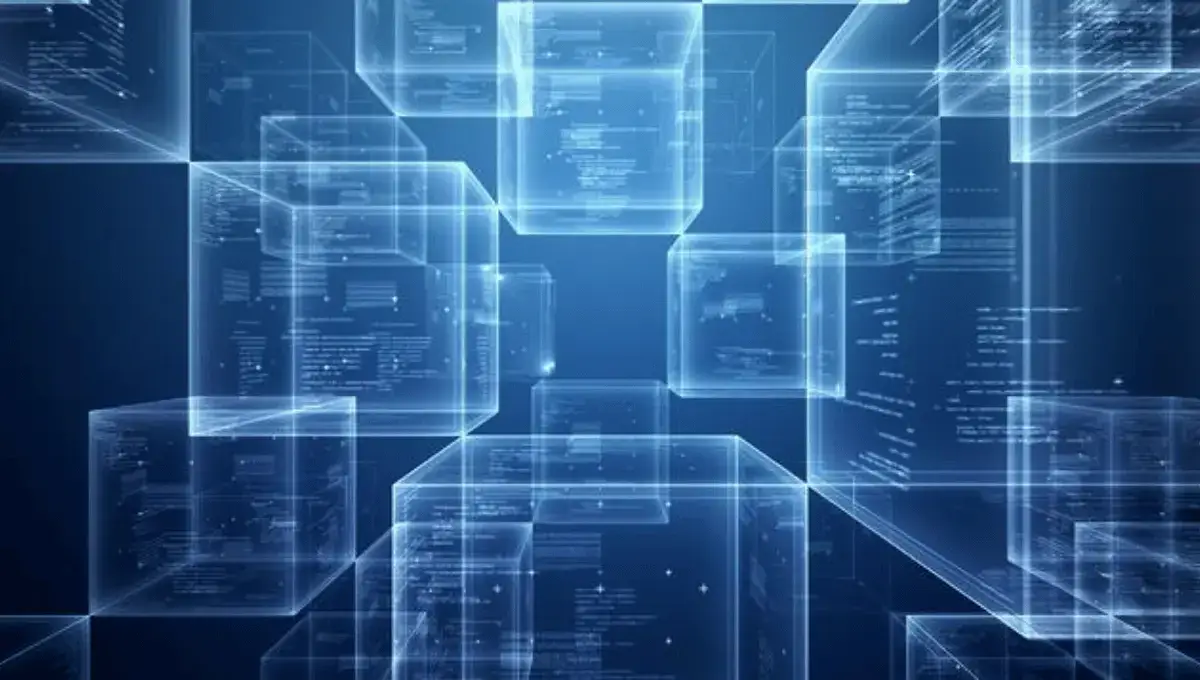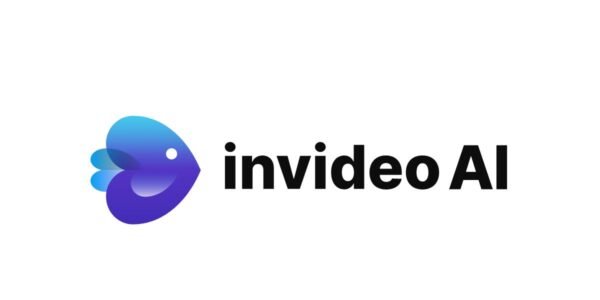How is Blockchain Different from Traditional Database Models?
The latest technology in data storage and management is the blockchain system. We all know how well it has developed in recent years and its productivity in various industries and businesses. However, we had some traditional methods of data management before the onset of blockchain. So what was new in the blockchain system? Why has it become so popular these days?
Well, one of the numerous reasons for blockchain’s global popularity is its advanced security system. But that’s not all! Blockchain has many different and unique features that make it a better platform to conduct transactions online than the traditional methods of database management. This article will explain how the blockchain’s structure and features are different and also its usefulness in various industries. But let’s first know what a blockchain database is.
What is a blockchain database?
A blockchain database is a complex yet sophisticated system that stores data in blocks and not in tables like in other databases. Traditional databases are centralized whereas blockchains are decentralized.
A Blockchain’s digital ledger is a chain of networks of different computers connected with each other. The chain contains blocks that record all transactions, information, and signatures used to verify valid transactions in a block. The stored data stays secured in the database as a block once added to a blockchain is permanent and can’t be changed or removed.
Blockchain vs Traditional databases

| Features | Traditional | Blockchain |
| Data Storage | Centralized | Decentralized |
| Data Recording | Only current information | Save, copy and trace previously recorded data |
| Transaction process | ACID method | Consensus technology |
| Security Features | Admin controlled data | Cryptographic security, Network Resilience and Smart Contracts |
| Data Alteration | Altered or deleted by admin | Immutability |
| Database Scalability | Data sharding and replication | Off-chain transactions and layer2 solutions, consistency model |
Unique differences between a Blockchain and Traditional databases

Decentralized Data Storage and Control
Initially, the flat-file hierarchial digital storage method collected simple information as databases. Gradually, these databases started collecting data from multiple databases using relative information. The rational model of data collection included a single user called the administrator which can update, modify, manage and control the database.
Moreover, centralized admins can optimize the database’s performance by altering the database’s size as large-sized databases cause a decrease in their performance level.
However, blockchain’s distributed database systems save information across various nodes, connecting each other in a network of stored data. The decentralized structure of the blockchain’s distributed ledger eliminates central authority and creates a system prone to viral attacks and failures at some points.
Data Recording
Centralized databases record current information and cannot trace previously recorded information. However, blockchains can save important data in real time and help you trace them whenever needed. All members of the blockchain network have a copy of the stored database to maintain and update while making transactions.
Traditional databases are recursive and allow you to repeat, modify or delete a pre-recorded task that you have authority of. Admins usually delete database records that are useless or obsolete.
Transactions Processing
Traditional Databases use the ACID (Atomicity, Consistency, Isolation, Durability) transaction method that provides safe data storage, consistent and reliable transactions. However, blockchains use consensus technology to verify transactions and process them without any network breaches.
Cryptographic security and Immutability
Blockchains have developed advanced security features to help conduct safer transactions, data transfer and storage across various applications like crytocurrency exchange, voting system and supply chain management, etc. All blocks in a blockchain are uniformly sized and enclose hash codes of data received from the previous block offering cryptographic security. This unique security system of blockchains disallows potential hacks or attack on the stored information.
Unlike traditional databases, blockchain technology is well known for its immutability feature that avoids the chain to alter the data once stored. On the other hand, the central administrator controls all information and can modify, change, create or delete the stored data which might lead to data tampering. To alter a data in a block, we have to change the subsequent chain blocks and needs permission from various nodes making it a longer process.
Database Scalability and Consistency Models
Traditional database structure can manage large data volumes. Data sharding and replication methods help scale their data. On the other hand, database scalability is still a challenge for blockchains due to their decentralized structure and consensus requirements. Off-chain transactions and layer2 solutions help blockchain resolve its scalabilty issues.
In addition, blockchain networks follow the eventual consistency model, in which the system reaches a consistent state throughtout its nodes.
Network Resilience and Smart Contracts
Unlike centralized databases, blockchain technology’s decentralized and distributed design provides high quality network resilience. So, if a single blockchain node faces a security breach, the other nodes within the network will perform their functions and maintain the data integrity.
Furthermore, blockchains include self-executing smart contracts that have the terms of the agreement written on the specific code itself. Smart contracts help businesses conduct safe, transparent and automated transactions within the chain, a feature which the traditional databases lack.
Blockchain Use Cases

Various industries have started using Blockchain technology owing to its unique security and data storage features. Some blockchain use cases come from sectors like healthcare, supply chain management, real estate, financial service industry and digital identity management.
The decentralized structure of blockchains, transparent data communication and transactions provide a safe environment for these industries for digital data management and transaction. These sectors can now improve their digital work efficiency with less expenditure and maintaining reliable networks with their online partners.
Final Words
Blockchains differ from traditional databases in various features and also come with some unique features like data replication and decentralization. The database management structure, distribution, scalability, transaction process, network resilience, consistency models and versions are different in both traditional and blockchain databases. Blockchains are growing in popularity worldwide owing to their special features like distributed ledger system and data storage, connected network chains, immutability, cryptographic security hashing, transparent transaction method, and smart contracts.
Both traditional and blockchain databases offer secure transactions. However, blockchains offer transparent and more resilient storage and management of digital information. Although blockchain technology is in the developing stage with gradual improvements being made in it, blockchain digital transactions are slower than the traditional database transactions. Centralized databases have come a long way making various performance improvements since decades.
Although blockchains are improving in their functions, they are still new in the digital word. Permissioned blockchains, like centralized databases, could be written and read-controlled. However, no database can keep the level of confidentiality maintained by centralized databases.










